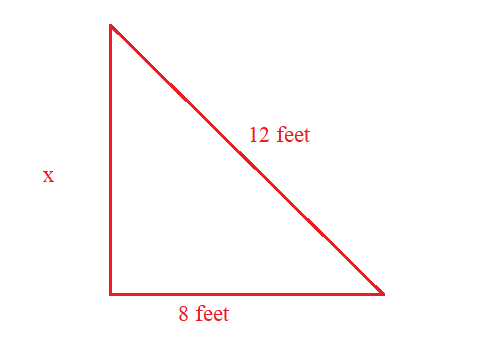A bucket can hold 3 L. How many ml can the bucket hold?
3000 mL
300 mL
30 mL
0.003 mL
Correct Answer : A
to change L to mL we use the following options of interconversions:

Or

Since we are needed to change L to mL, use the second option.

Thus, a bucket can hold 3000 mL which is equal to 3 L.
TEAS 7 Exam Quiz Bank
HESI A2 Exam Quiz Bank
Find More Questions 📚
Teas 7 Questions: We got the latest updated TEAS 7 questions
100% Money Refund: 100% money back guarantee if you take our full
assessment pass with 80% and fail the actual exam.
Live Tutoring: Fully customized live tutoring lessons.
Guaranteed A Grade: All students who use our services pass with 90%
guarantee.
Related Questions
Correct Answer is B
Explanation
Since the distribution is symmetric, the mean, mode, and median will all be equal. The shape of the distribution will be bell-shaped.
Correct Answer is C
Explanation
to convert fraction to percent, we multiply the fraction with 100. Therefore, the percent equivalent of 5/8 is

Thus, 5/8 is equal to 62.5%.
Correct Answer is D
Explanation
a ratio can be converted to a fraction of the form a/b, where b is not equal to zero. In ratio form, to means per.
From the given information, the class has 15 girls and 13 boys. Thus, the ratio of girls to boys becomes:

In ratio form, girls: boys=15:13
Thus, the ratio of girls to boys in a class of 28 students is 15 to 13.
Correct Answer is C
Explanation
to find the average time the athlete runs in 1 mile, find total time divided by total distance covered.
Total distance=4+4=8 miles
Total time=28+32 =60 minutes
From the above, the athlete runs 8 miles in 60 minutes, so the athlete will take how minutes to cover 1 mile.

So, the athlete covers 1 mile in 7.5 minutes.
Correct Answer is B
Explanation
in the given problem, we use the calculator to find 1.3*0.47=0.611
Correct Answer is A
Explanation
from the given estimations, we can find the actual addition of the numbers and see a trend the student utilizes to find their estimates. The exact sum is as follows
24+190=214
151+319=470
974+1022=1996
From the above evaluation, we can clearly see the students approximates the value in the ones values. So, in the problem we need to approximate 452+5017.
452+5017=5469
We can approximate 5469 based on the provided choices to 5470.
Correct Answer is D
Explanation
The length of the unknown side of the rectangle can be found by using the Pythagoras theorem. We label the triangle from the given data as shown below
Let the unknown length be x.

Applying the Pythagoras theorem, the value of x is found as:
\(a ^2 +b ^2 =c ^2\)


The unknown length of the triangle is approximately 8.9 feet.
Correct Answer is C
Explanation
an independent variable is one that when changed, causes the other variable(s) to change. In our case, calories burned, distance traveled, energy used increase when cycling speed increases.
Therefore, speed is the independent variable while other variables are dependent.
Correct Answer is C
Explanation
To solve this equation, we use a calculator and find the product as:
2.50*0.25=0.625
Correct Answer is A
Explanation
we are needed to find the amount Lana is left with after spending and investing the rest using the given information.
Amount Lana spends = 80% of $60= 80/100 *60 = $48
Amount left to invest = $(60-48) = $12
Lana is left with $12, which she invests and earns a profit of 80%.
Profit earned = 80% of $12 = 80/100 * 12= $9.20
So, Lana will have $12 + $9.20 = $21.60
This question was extracted from the actual TEAS Exam. Ace your TEAS exam with the actual TEAS 7 questions, Start your journey with us today
Visit Naxlex, the Most Trusted TEAS TEST Platform With Guaranteed Pass of 90%.
Money back guarantee if you use our service and fail the actual exam. Option of personalised live tutor on your area of weakness.
